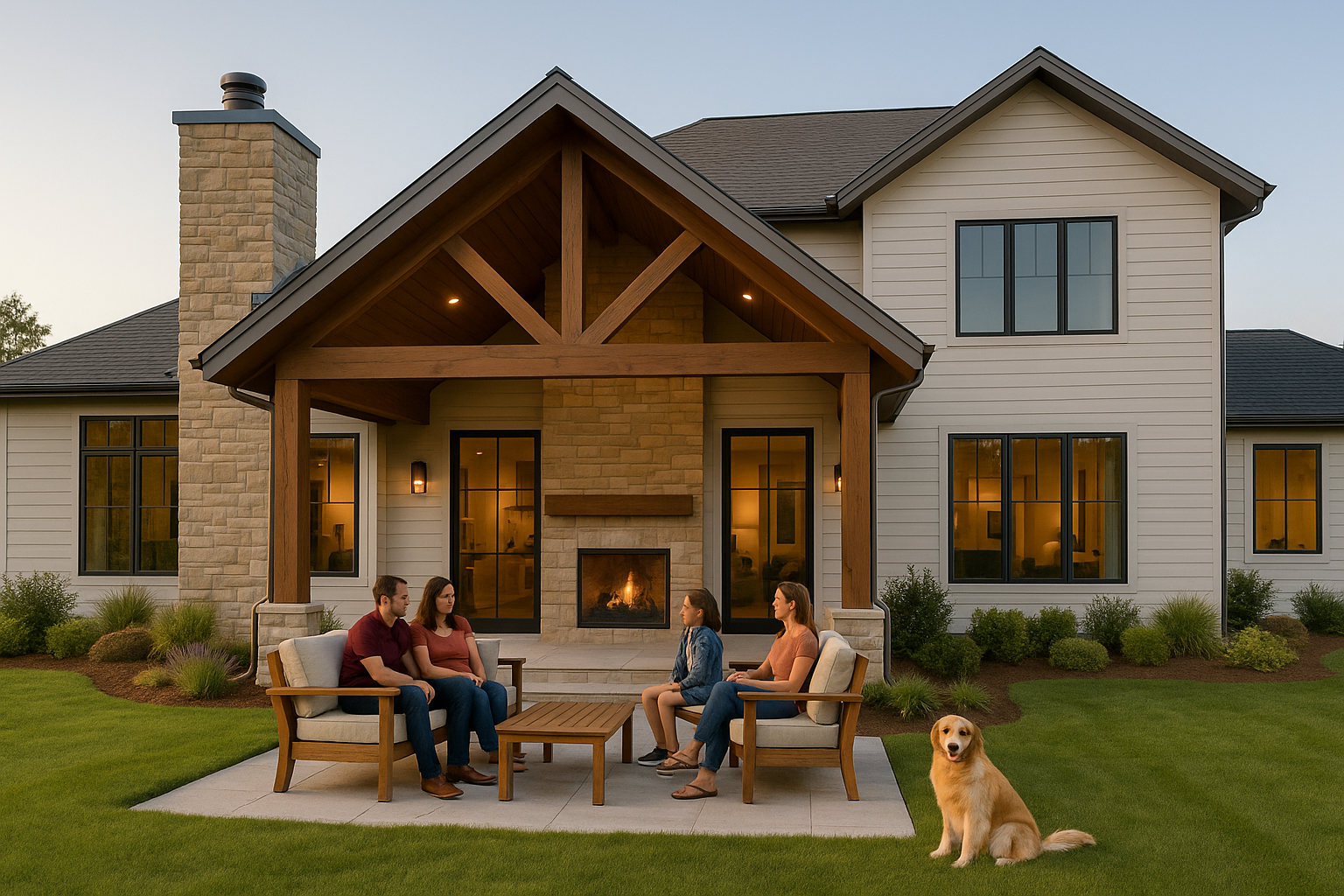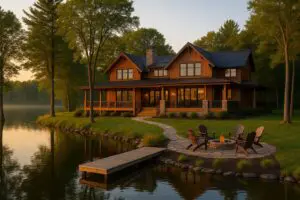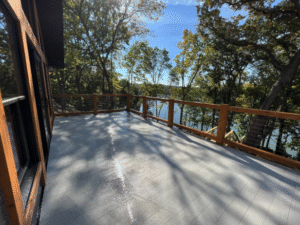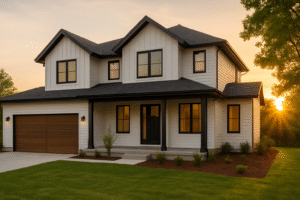You know that feeling when your energy bill arrives and you’re almost afraid to open it? What if we told you some homeowners actually look forward to seeing their utility costs because they’re so low it feels like winning the lottery every month?
The secret isn’t some expensive technology that only the wealthy can afford. It’s about building healthy high-performance homes in Peoria, IL. Families are discovering they can cut their energy costs by 40-60% compared to traditional construction. These aren’t just marketing numbers—they’re real savings that add up to thousands of dollars every year.
Most people think high performance means complicated. Actually, it’s quite the opposite. The best systems work so well you forget they’re even there.
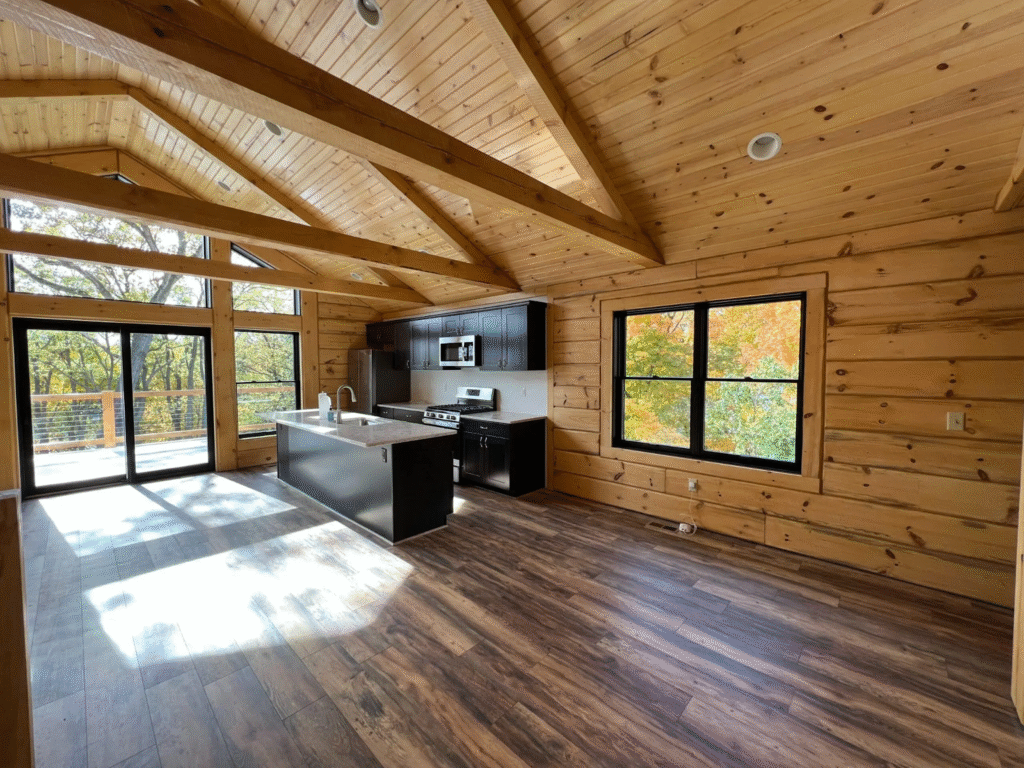
The Foundation of Savings Starts with Air
Air might be free outside, but controlling it inside your home is where the magic happens. Traditional homes leak air like sieves, forcing your heating and cooling systems to work overtime just to maintain comfortable temperatures.
Airtight construction creates a controlled environment where your HVAC system only runs when needed. We’re talking about sealing every crack, gap, and penetration in your home’s thermal boundary. It sounds simple, but the impact is huge.
Blower door testing measures exactly how tight your home really is. Most conventional homes test at 5-7 air changes per hour. High-performance homes typically achieve 1-2 air changes per hour. That difference shows up immediately in your utility bills.
The health benefits surprise many homeowners. When you control air movement, you also control humidity, allergens, and indoor air quality. Your family breathes cleaner air while spending less money on energy costs.
Insulation That Actually Works
Regular insulation is like wearing a sweater with holes in it. You’re warmer than without it, but you’re still losing heat through all those gaps. High-performance insulation wraps your home in a continuous thermal barrier.
Thermal bridging might sound technical, but it’s really just heat finding shortcuts through your walls. Traditional framing creates hundreds of these shortcuts. Advanced framing techniques eliminate most thermal bridges, keeping heat where it belongs.
The right insulation in the right places makes all the difference. Attics, basements, and crawl spaces get special attention because that’s where most homes lose energy. We don’t just meet code requirements—we exceed them because that’s where real savings happen.
Installation quality matters more than insulation type. The best materials perform poorly when installed incorrectly. Our teams understand how insulation works and install it for maximum performance, not speed.
Smart Systems That Work Together
Your home’s mechanical systems should work as a team, not compete against each other. When heating, cooling, ventilation, and water heating systems communicate, efficiency goes through the roof.
Right-sized equipment runs more efficiently than oversized systems. Most conventional homes have HVAC systems that are 50-100% larger than needed. Properly sized systems cycle on and off less frequently, lasting longer while using less energy.
Heat recovery ventilation captures energy from exhaust air to pre-condition incoming fresh air. In winter, outgoing warm air heats up incoming cold air. Summer works in reverse, with cool indoor air pre-cooling hot outdoor air before it enters your home.
Programmable and smart thermostats can save energy home systems by learning your family’s patterns and adjusting automatically. Some models reduce energy use by 10-15% just through better scheduling and temperature management.
Solar Integration Done Right
Solar panels get all the attention, but proper integration is what makes them truly effective. The best solar installation starts with reducing your home’s energy needs first, then generating power to meet those reduced needs.
Net metering allows you to sell excess power back to the utility company during sunny days and draw from the grid when needed. Some months, the utility company pays you instead of the other way around.
Battery storage systems are becoming more affordable and practical. Store excess solar power during the day and use it during peak rate hours when electricity costs the most. This maximizes your solar investment and provides backup power during outages.
Solar-ready construction includes conduit runs and electrical panel capacity for future solar installation. Even if you don’t install panels immediately, having everything ready makes future installation much more affordable.
The Real Numbers Behind Savings
Efficient home savings start immediately and continue for decades. High-performance homes in our region consistently deliver substantial reductions in utility costs compared to traditional construction methods.
Reduced maintenance costs add up too. High-performance homes put less stress on mechanical systems, extending their lifespan. HVAC systems last longer when they don’t have to work as hard to maintain comfort.
Property values reflect energy efficiency more than ever. Buyers understand utility costs and appreciate homes with lower operating expenses. High-performance features often increase resale value by more than their initial cost.
Comfort improvements have value that’s harder to measure but easy to feel. Consistent temperatures, better air quality, and quieter operation make your home more enjoyable to live in every day.
Maintenance That Protects Your Investment
High-performance homes need smart maintenance to keep performing at their best. Simple tasks like changing air filters regularly and scheduling annual system tune-ups protect your investment and maintain peak efficiency.
Professional maintenance programs catch small issues before they become expensive problems. Regular inspections of insulation, air barriers, and mechanical systems ensure everything continues working as designed.
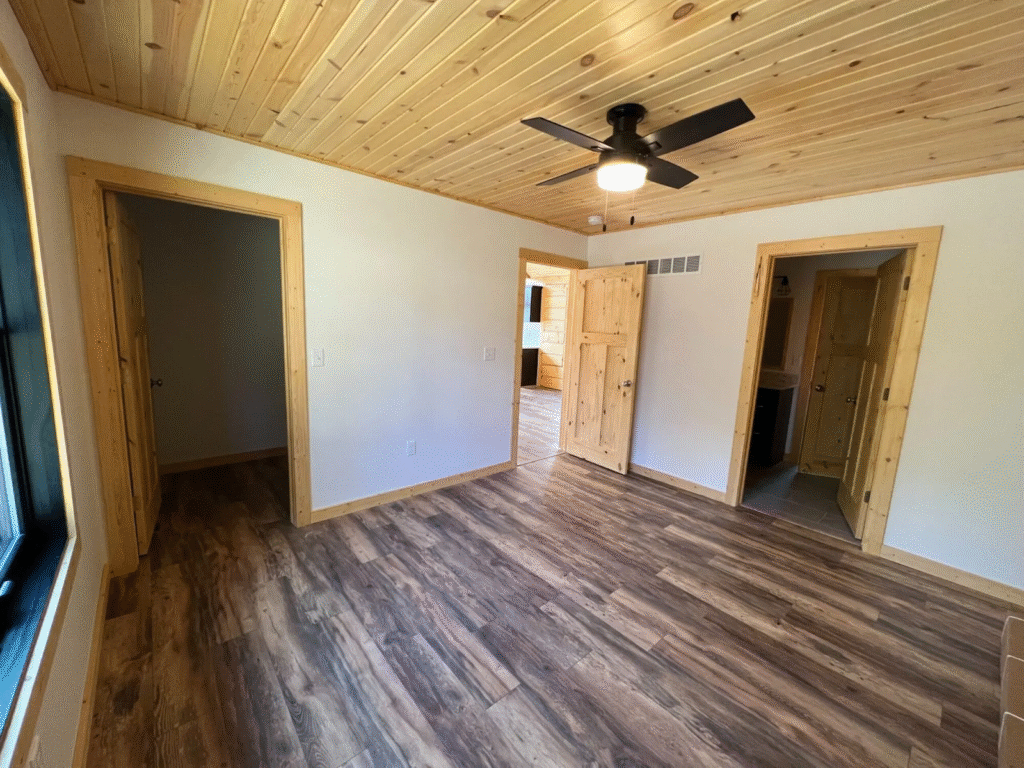
Start Saving with Expert Energy-Efficient Home Solutions
The secret behind homes that save thousands isn’t really a secret at all. It’s proven building science applied with precision and care. When you control air movement, install proper insulation, integrate smart systems, and add solar power where appropriate, the savings add up quickly.
Building a high-performance home isn’t about spending more money upfront—it’s about investing in lower operating costs and better comfort for decades to come. The families living in these homes understand that true luxury isn’t just about granite countertops and fancy fixtures. It’s about opening your utility bill and smiling instead of cringing.
Ready to discover how much you could save with a high-performance home? Schedule your consultation today and let’s discuss how these proven strategies can work for your family.
Frequently Asked Questions
How much can I really save with a high-performance home?
Most homeowners see significant reductions in heating and cooling costs compared to conventional construction. The exact savings depend on your home’s size, local utility rates, and specific performance features, but the reductions are substantial and immediate.
Do high-performance features require expensive maintenance?
High-performance homes actually require less maintenance than conventional construction because systems don’t work as hard. Regular filter changes and annual HVAC tune-ups are the main requirements. Most mechanical systems last longer in high-performance homes due to reduced stress and cycling.
Is solar worth it if my home is already energy-efficient?
Absolutely. Energy-efficient homes need smaller solar systems to meet their power needs, making solar more cost-effective. You’ll achieve energy independence faster and with lower upfront investment when your home uses less power to begin with.
How long does it take to recoup the investment in high-performance features?
Most high-performance upgrades pay for themselves through utility savings within several years. After that, the savings continue for the life of your home. Factor in increased property value and reduced maintenance costs, and the return on investment becomes even more attractive.
Can existing homes be upgraded to high-performance standards?
Many high-performance features can be retrofitted during renovation projects. While it’s more cost-effective to build these features into new construction, existing homes can still achieve significant improvements through strategic upgrades like air sealing, insulation improvements, and HVAC system replacements.

